Community members gathered at the Wharfinger Building in Eureka on Wednesday evening to learn more about Humboldt Bay port development. Photos by Isabella Vanderheiden.
###
Big changes are coming to the Samoa Peninsula.
The Humboldt Bay Harbor, Recreation and Conservation District held a public scoping meeting at the Wharfinger Building on Wednesday evening to provide an overview of the state-of-the-art “heavy lift marine terminal” that would support offshore wind development all along the West Coast.
Last year, the Harbor District entered into an agreement with Crowley Wind Services, a private marine solutions and logistics company, to build and operate the full-service marine terminal at the old pulp mill property in Samoa. Once it’s fully built out, the facility will have the potential to produce and ship the gigantic components needed for floating offshore wind turbines, everything from the blades and nacelles (the generator house) to mooring lines, towers and transmission cables.
Conceptual rendering of the Humboldt Bay Offshore Wind Heavy Lift Marine Terminal | Photo: Harbor District
If everything goes according to plan, the floating offshore wind development will bring the United States one step closer to meeting the Biden-Harris administration’s goal of deploying 30 gigawatts (GW) of offshore wind energy – enough to power 10 million homes – by 2030, and 15 GW of floating offshore wind energy by 2035.
“It’s a very ambitious goal because it’s nearly double what the world currently has,” Harbor District Development Director Rob Holmlund said during Wednesday’s meeting.
The Port of Humboldt Bay is in an ideal position to become the epicenter of offshore wind energy manufacturing and distribution on the West Coast. In fact, our humble port is the only port on the West Coast that has the capacity to host all three of the primary port needs of the offshore wind industry: staging and integration, onsite manufacturing and operations and maintenance.
“Each port has the opportunity to do component manufacturing, staging and integration and/or operations and maintenance,” Holmlund said. “The Bureau of Ocean Energy Management (BOEM) has evaluated all these ports and found that there are really only two spots [where] staging and integration can happen – Humboldt Bay, Los Angeles and Long Beach – because you need specific parameters to be able to do that particular stage. You need to have the right channel width, depth and no vertical draft restrictions.”
Among those three ports, only Humboldt Bay has immediately available developable space to accommodate the offshore wind industry, he said. And, because of its proximity to Morro Bay and other proposed wind energy lease areas in Oregon, Humboldt Bay is the only port capable of shipping the fully assembled platforms and turbines out to sea.
“These turbines have to be manufactured in a port,” Holmlund said. “You can transport the blades of a certain size by train, but after they get too large they have to be on a truck – each blade individually. Transport logistics become more and more difficult until, at some point, it’s just too big to transport on land. … Ocean-based turbines can only be moved by large ships, so they can be much, much larger than land-based turbines.”
To give you a better idea of the sheer scale of these things, the wind turbines that will be spinning off of our shores will be taller than the Eiffel Tower. The triangular platforms the turbines will be mounted on would cover the entire Arcata Plaza.
Photo: Harbor District
Despite their colossal size, Holmlund said the turbines would be barely visible from shore.
“I was in Trinidad the other day with my wife and children and we were hiking on Trinidad Head. It was a particularly clear day and I could actually see the smokestack on the Samoa Peninsula,” he said. “I looked it up later – that’s 17 miles – and it was really tiny and very, very far away.”
The big takeaway from the public comment portion of the meeting was the importance of community involvement. Lonyx Landry, Humboldt County Planning Commissioner and STEM advisor at Cal Poly Humboldt, said he is “all about” the transition away from fossil fuels but expressed concern for “how that happens in our community.”
“Perhaps by going slower [we can] make sure we are taking care of the fears and concerns of our community and maybe in the long run [that will] allow us to go faster with rolling out these new technologies and abilities,” Landry said. “I want this to be happening with us, not to us. … In some respects, this is a sacrifice, and I believe it’s a sacrifice that many people are prepared to make. But we absolutely want to make sure that we’re getting something for us. I don’t believe that corporate America needs any help and fast-tracking their agenda.”
Fourth District Supervisor Natalie Arroyo urged Harbor District officials and Crowley representatives to advocate for the community’s “specific concerns” as offshore wind development efforts move ahead.
“I know there are things that aren’t exactly in your jurisdiction that are going to take a regional approach, and I want to really encourage you to include those and document them in your EIR,” she said, noting that her comments do not reflect that of the entire Board of Supervisors. “[That] include[s] things like housing, possible transportation impacts, visual and sound impacts, green portfolios, emergency response, etc. … That allows me – although the county has a somewhat limited role in the project – to advocate to Sacramento or D.C. and ask for these infrastructure changes to be funded in a way that allows us to really address these concerns.”
When nuclear power plants are developed, there are entire towns built around them to support the facilities, Arroyo said. “The level of investment is off the charts. I will go and ask for that, but I ask that this document is robust enough to give the framework for those big asks,” she said.
Jennifer Savage, a 20-year resident of the Samoa Peninsula, emphasized the importance of keeping the public involved throughout the planning and development process.
“If we’re going to reindustrialize the peninsula, you really need to do it right,” she said. “This proposed marine terminal project provides a unique opportunity to reduce planetary harm by assisting in the transition away from fossil fuels while providing living wage jobs – which should be local – for our struggling region. And these are really noble goals that deserve support, but the communities that live and recreate on the peninsula should not be forced to suffer unnecessary negative consequences as a part of that deal.”
Savage paused for a moment and said she was trying to think of a “respectful, delicate way” to phrase what she was about to say. “Even the most cursory Google search of Crowley will show that there is a disappointing record when it comes to environmental impacts and human rights,” she said.
She also questioned the legality of moving ahead with a lease agreement, which is likely to be signed before the end of the year, before the completion of CEQA compliance.
“I think it’s really concerning that we may be signing the lease agreement before the environmental review is complete,” she said. “My understanding is you’re legally required to complete CEQA prior to signing the lease. I thought that’s the way the law worked. If not, it would be great to have some clarity around that.”
A quick Google search indicates that final CEQA documents must be completed before decision-makers commit to a project and prior to leasing, selling and acquiring property. However, Holmlund says it’s “standard procedure.”
“It’s absolutely not in conflict with CEQA,” Holmlund told the Outpost during a brief phone interview on Thursday afternoon. “The normal procedure for development throughout California – and for this region – is for the property to be leased before the CEQA process is complete.”
Holmlund pointed to Nordic Aquafarms’ proposed land-based fish farm as an example. “They’ve had a lease with the Harbor District for three years. They’ve got their [final] EIR but they’re still working on various permits. They have to pay for the right to hold onto the land throughout the permitting process. … A lease is an agreement between two parties over how much they’re going to pay to use the land. CEQA is the process used to minimize environmental impacts.”
Holmlund acknowledged that there “seems to be a lot of confusion” surrounding the issue and invited community members to reach out to the Harbor District with questions. He added that there will be many more opportunities for the public to offer their two cents on the project in the coming months.
Want to learn more about the project? Holmlund gets into the nitty gritty of the proposed development, the lease areas, shipping, logistics and manufacturing in this hour-long YouTube video.
The Harbor District’s Notice of Preparation of Draft Environmental Impact Report was released at the end of last month. The document will be circulated for a 30-day review and comment period. If you weren’t able to make it to Wednesday’s meeting you can submit comments by emailing Rob Holmlund at districtplanner@humboldtbay.org.
###
PREVIOUSLY:
- Harbor District Announces Massive Offshore Wind Partnership; Project Would Lead to an 86-Acre Redevelopment of Old Pulp Mill Site
- Offshore Wind is Coming to the North Coast. What’s in it For Humboldt?
- ‘Together We Can Shape Offshore Wind for The West Coast’: Local Officials, Huffman and Others Join Harbor District Officials in Celebrating Partnership Agreement With Crowley Wind Services
- SOLD! BOEM Names California North Floating and RWE Offshore Wind Holdings as Provisional Winners of Two Offshore Wind Leases Off the Humboldt Coast
- California’s Aging Electrical Infrastructure Presents Hurdle for Offshore Wind Development on the North Coast
- Crowley — the Company That Wants to Build a Big Wind Energy Facility on the Peninsula — Will be Opening Offices in Eureka
- Harbor District to Host Public Meeting Kicking Off Environmental Review of Offshore Wind Heavy Lift Marine Terminal Project
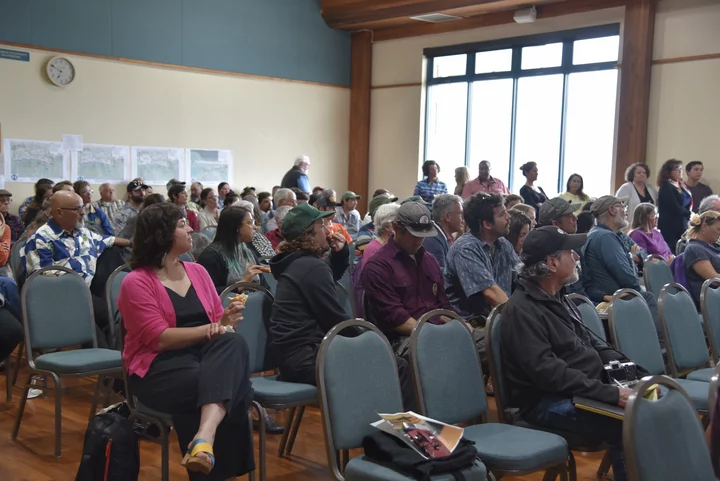

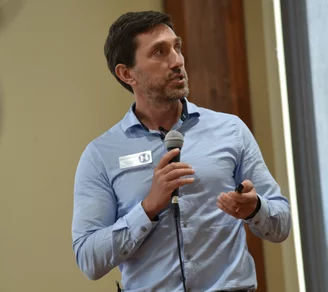
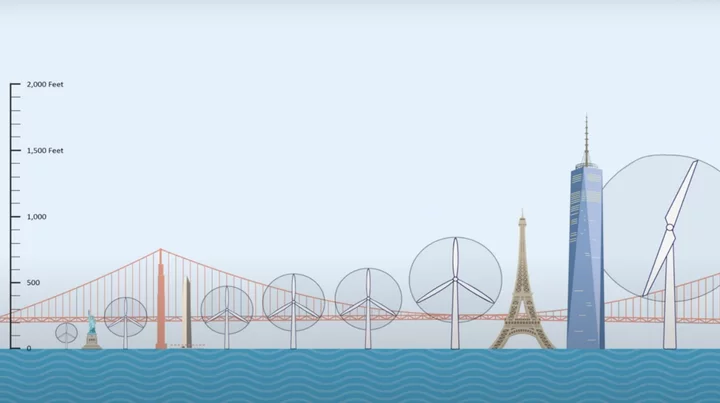
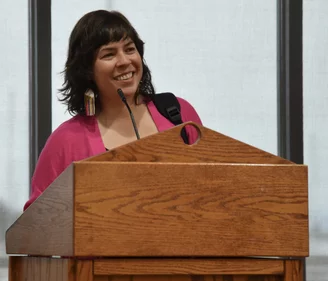
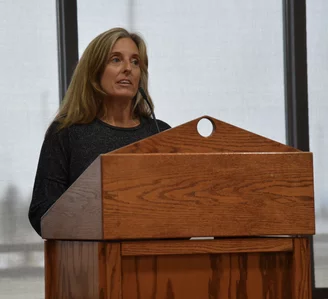
CLICK TO MANAGE